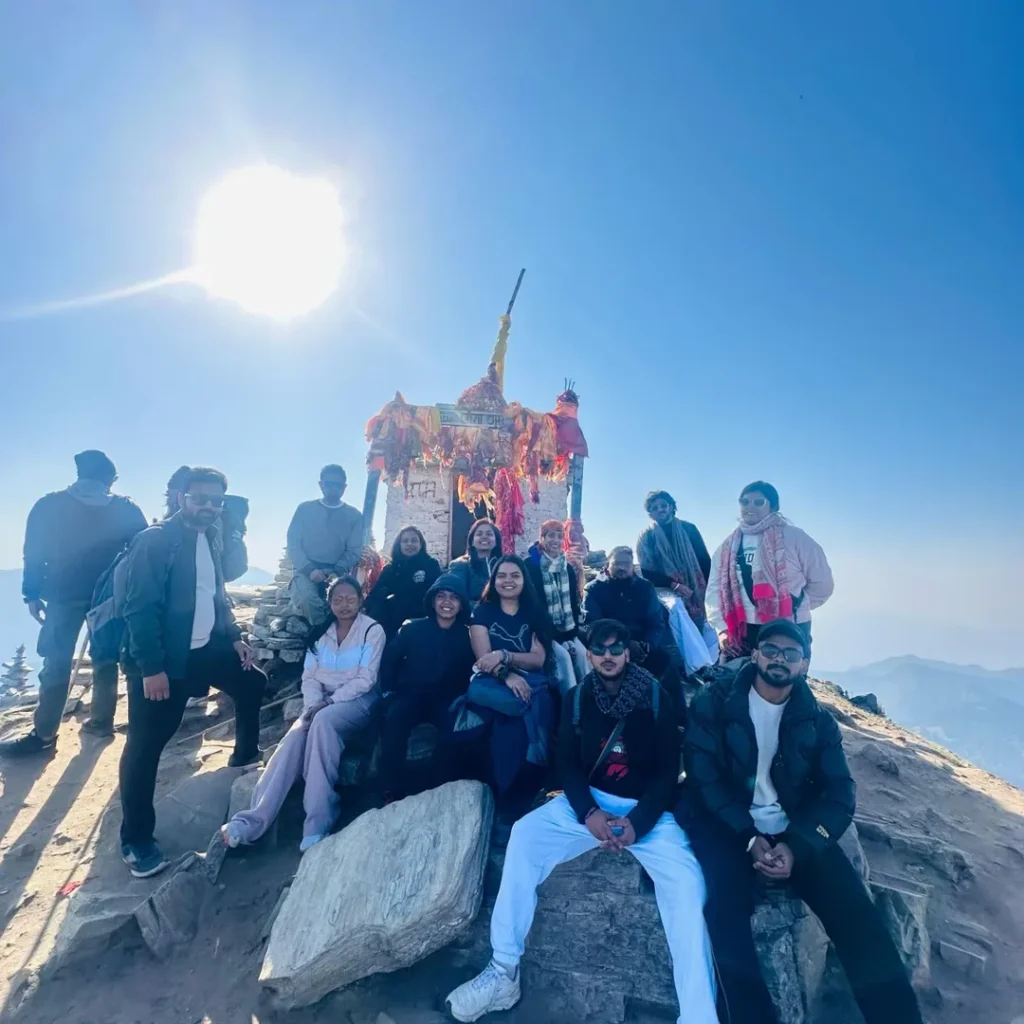The Chandrashila Trek is a famous adventure in Uttarakhand that offers stunning views of the Himalayas and a chance to visit the sacred Tungnath Temple. Many travelers choose a Chopta Tour Package to start their journey from the small town of Chopta, which is the perfect base for this trek. The trek itself is a mix of peaceful forests, green meadows, and rocky trails that lead up to the high Chandrashila peak.
This trek is suitable for beginners as well as experienced hikers because the terrain is moderate with some steep sections. The climb to Tungnath Temple is one of the main highlights, where you can enjoy breathtaking mountain views and a spiritual experience. From Tungnath, the path continues to the Chandrashila summit, known for its 360-degree panorama of famous peaks like Nanda Devi and Trishul.
Packing well for the Chandrashila Trek is important to stay comfortable and safe. Weather can change quickly, so carrying warm clothes, good trekking shoes, and necessary gear is essential. This guide will help you understand the 10 important things to carry for the Chandrashila Trek in 2025, making your trip memorable and hassle-free.
Things to carry for Chandrashila Trek
1. Backpack
A backpack is a must-have for any trek, including the popular Chandrashila Summit Trek. It acts as your portable storage to keep all your essential items safe and organized during the journey. Choosing the right backpack can greatly improve your trekking comfort and ease.
When selecting a backpack for treks like the Tungnath Temple Trek or trips included in Chopta Trekking Packages, consider these points:
- Size and Capacity: A 40 to 60-liter backpack usually works well for multi-day treks. It should be spacious enough to fit your clothing layers, snacks, water bottles, first aid kit, and other gear without being bulky.
- Fit and Comfort: The backpack should have adjustable shoulder straps and a padded hip belt to distribute weight evenly across your body. This helps to reduce strain on your shoulders and back during long walks.
- Compartments: Multiple compartments or pockets allow easy organization. You can separate your wet clothes, food, and electronics, making them quick to find when needed.
- Water Resistance: Weather in the mountains can change unexpectedly. A water-resistant backpack or a rain cover protects your belongings from rain and dampness.
- Durability: Go for backpacks made from sturdy materials that can withstand rough handling and rugged trails.
Additional features to look for include padded back panels for ventilation and external loops to attach trekking poles or mats. Remember, packing light while including all necessities is key.
By choosing the right backpack, you are better prepared for the Chandrashila Summit Trek and the Tungnath Temple Trek, ensuring that your body stays comfortable and your belongings stay safe. When booking Chopta Trekking Packages, check if they provide luggage support to lessen your load.
A good backpack makes your trekking adventure enjoyable and hassle-free.
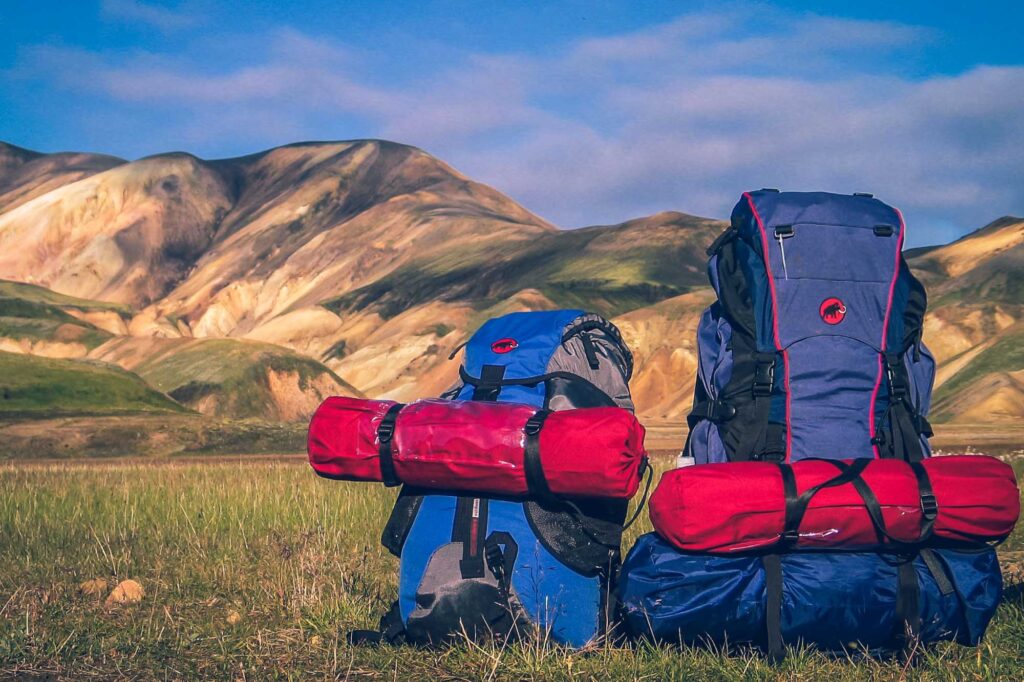
2. Trekking Shoes
Choosing the right trekking shoes is very important for a safe and comfortable experience during the Chopta Chandrashila Trek. Good shoes protect your feet, provide support, and help you walk over rocky, muddy, or uneven trails with confidence. Whether you are planning the popular Chopta Tungnath Trek or a quick Chopta weekend getaway, investing in sturdy footwear can make a big difference in your journey.
When picking trekking shoes, keep these things in mind:
- High Ankle Support: Shoes that cover your ankles help prevent twists and sprains while offering extra stability on rough terrain.
- Strong Grip: Look for shoes with deep, rugged soles that hold well on different surfaces like slippery rocks or loose gravel.
- Waterproof Material: Weather in the mountains can change quickly. Waterproof shoes or shoes treated with water-resistant spray keep your feet dry during rain or stream crossings.
- Comfort & Fit: Properly fitting shoes prevent blisters and discomfort. Break them in by wearing them during short walks before your trek to avoid surprises.
- Breathable Fabric: Shoes made from breathable materials reduce sweat and keep your feet cool and dry.
- Extra Socks: Carry multiple pairs of socks, preferably moisture-wicking ones, to keep your feet comfortable and prevent cold or blisters.
Good trekking shoes are essential for treks like the Chopta Tungnath Trek, where trails may be steep and rocky. They also make your Chopta weekend getaways more enjoyable by reducing foot fatigue and injuries.
Remember, taking care of your feet with the right shoes helps you focus on the beauty of the mountains and the thrill of the trek, making your entire trekking experience safe and memorable.
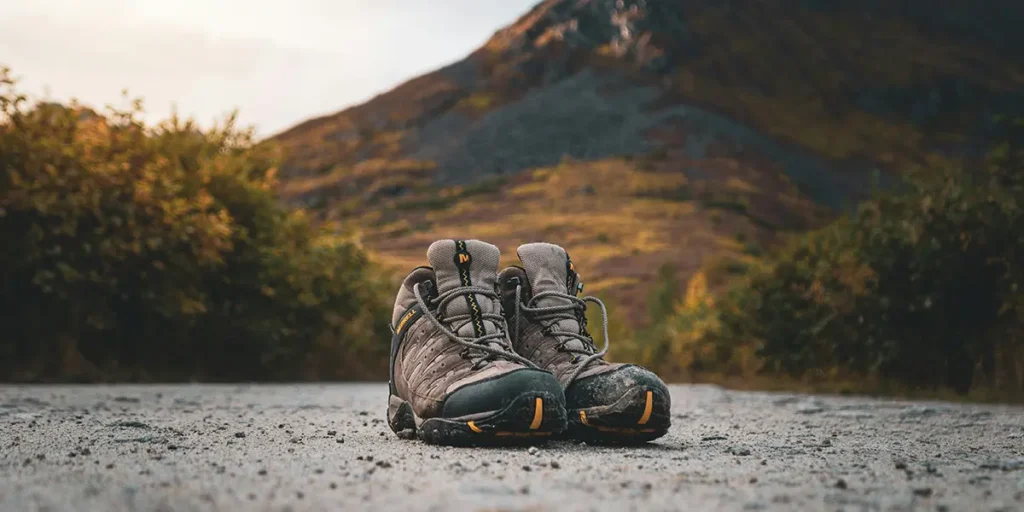
3. Warm Clothes
Wearing warm clothes is very important on high-altitude treks like the Chandrashila Trek, especially for those taking a Chopta Tour Package from Delhi or joining a Chopta Tungnath Trek from Delhi. Chilly winds and big drops in temperature can make the journey uncomfortable if you are not prepared. Packing the right layers will help you feel relaxed even at night and early morning.
When planning, remember to carry these key items:
- Thermal innerwear: Acts as the base layer and helps trap body heat efficiently.
- Fleece jacket: Soft and lightweight, fleece is perfect for keeping warm without bulk.
- Insulated pants: These are great for cold evenings and nights.
- Down or padded jacket: Necessary for higher altitudes where the wind is strong and the temperature is very low.
- Multiple thin layers: Layering gives flexibility; you can add more layers when cold or remove them while trekking.
- Waterproof jacket or poncho: Protects against rain and snow, so you stay dry and avoid getting chilled.
- Wool hat: Keeps your head and ears warm in strong winds.
- Warm gloves: Essential to shield your hands from cold wind and possible frostbite.
- Scarf or neck gaiter: Protects your neck from wind and adds comfort on cold days.
- Warm socks: Keeps feet cozy, which is important during long uphill climbs.
Choose synthetic or wool materials as cotton tends to absorb moisture and stay wet longer, which can make you feel cold. These tips are important whether you book a Chopta Tour Package from Delhi or head out for the Chopta Tungnath Trek from Delhi, as mountain weather is unpredictable.
Packing well will ensure you enjoy your trek and stay safe in all conditions.
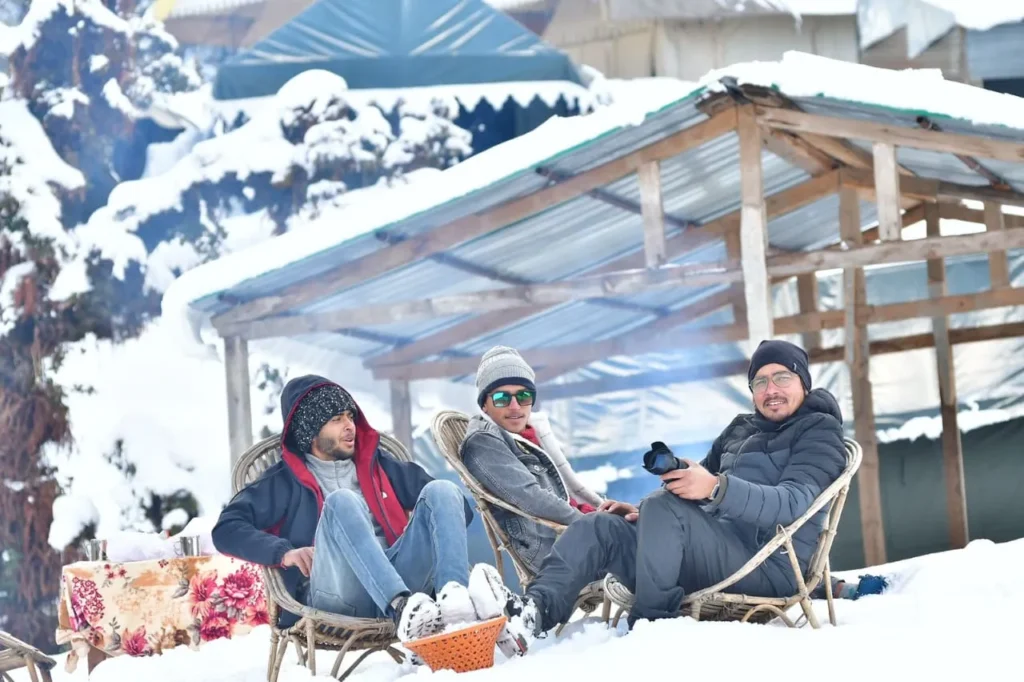
4. Headlamp or Torch
A reliable headlamp or torch is essential for anyone planning the Chopta Chandrashila Trek from Delhi or the Chandrashila Trek from Delhi. In the mountains, darkness comes quickly in the evenings and early dawn, making it hard to move safely without a proper light source. Whether camping or walking on a narrow trail, having hands-free illumination means you can focus on trekking without worrying about holding a torch.
Here are some important tips and features to consider:
- Hands-free operation: A headlamp allows you to use both hands for climbing, handling your backpack, or using trekking poles.
- Adjustable brightness: Choose a headlamp with modes that let you save battery or increase brightness as needed on the trail.
- Spare batteries: Always pack extra batteries or ensure your light is fully charged before leaving camp.
- Lightweight design: Opt for a headlamp that feels comfortable and light, especially for longer treks.
- Wide beam: A lamp with a wide beam covers more ground and helps you spot obstacles on uneven paths.
- Water resistance: Weather in the Himalayas can change fast. Carry a water-resistant torch to avoid malfunctions during rain or snow.
- Easy controls: Simple switches or buttons with clear settings are useful, especially when tired or wearing gloves.
- Torch backup: Pack a small, reliable handheld torch as a backup or for emergencies.
On the Chopta Chandrashila Trek from Delhi, it’s common to walk before sunrise or after sunset to catch beautiful mountain views. Navigating rocky paths or forest sections safely is only possible with a strong, dependable headlamp or torch. Relying on moonlight or phone flashlights is not recommended for treks at altitude.
Good lighting offers peace of mind and lets trekkers fully enjoy the magic of the Himalayas, making it a must-carry item for any trekker.
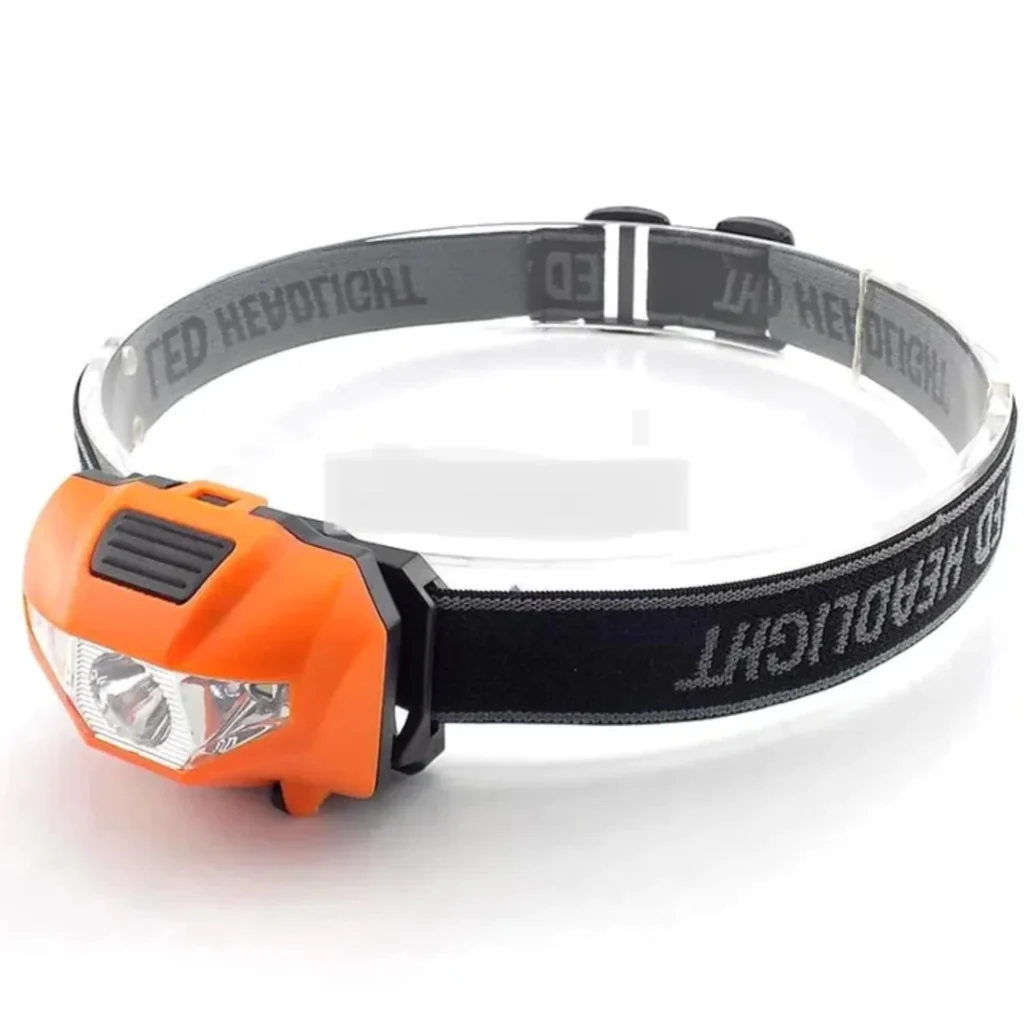
5. Water and snacks
Staying hydrated and keeping energy levels up are key for anyone joining the Tungnath Chandrashila Trek from Delhi. Water and snacks are a must-have on your checklist, and most of the best Chopta tour packages recommend planning these essentials thoroughly in your Chopta itinerary. As the trek progresses, especially at altitude, bodies lose water faster and need regular refuelling with easy, nutritious bites.
Here are some practical packing tips for water and snacks:
- Reusable water bottle: Choose a durable, leak-proof bottle or hydration bladder for convenience on the trail.
- Water purification: Carry purification tablets, a portable filter, or a UV sterilizer to make local water safe to drink. Boiling water is also effective if you have a portable stove, especially when refilling from mountain streams.
- Fill up often: Refill at safe water points whenever you get the chance, so you’re never caught out on a dry stretch.
- Pack enough: Plan for at least two litres of water per person per day—more if trekking in hot or dry weather.
For snacks:
- Energy boosters: Bring granola bars, trail mix, protein bars, or dry fruits for quick, healthy energy.
- Salty and sweet assortments: A mix of nuts, seeds, and chocolates supplies instant calories and keeps snack time interesting.
- Lightweight and non-perishable: Dried fruits, peanut butter sachets, and small packets of biscuits are ideal since they won’t spoil.
- Portion-sized packs: Divide snacks into single-serve bags for grab-and-go access along the route.
- Extras for emergencies: Tuck away a few extra packets in case of delays or tougher-than-expected stretches.
- Electrolyte powders: Add to your water to replace salts lost through sweat, especially on strenuous parts of the trek.
With these basics sorted in your Chopta itinerary, you can focus completely on the fascinating journey and stunning views of the Tungnath Chandrashila Trek from Delhi, reassured that hunger and thirst won’t slow you down.
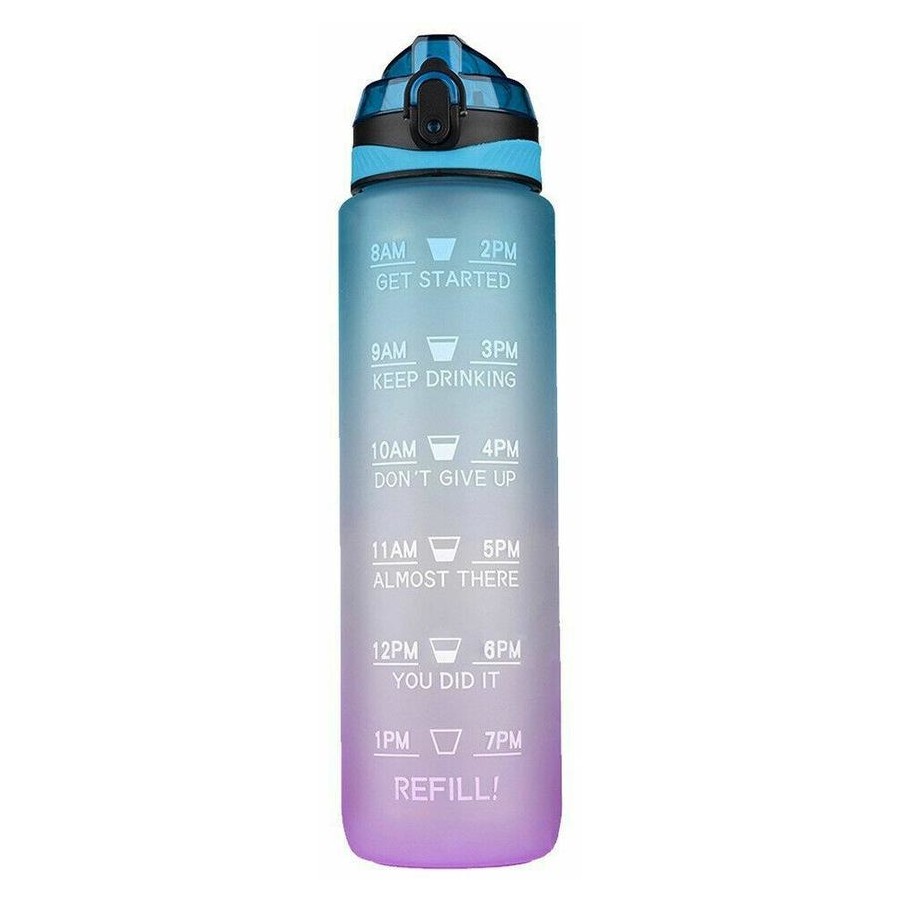
6. First Aid Kit
Carrying a First Aid Kit is very important when exploring the Himalayas, especially if you’re joining any Chopta Tour Packages or traveling from Chopta from Delhi. Treks can be unpredictable—minor injuries, blisters, or sudden headaches can happen. A good First Aid Kit helps trekkers handle these small problems before they turn serious, letting the adventure continue safely.
Here’s what your First Aid Kit should include:
- Adhesive bandages: For covering minor cuts and blisters.
- Sterile gauze pads and adhesive tape: To dress bigger wounds or scrapes.
- Antiseptic wipes/solution: For cleaning injuries and preventing infection.
- Blister packs/ointment: To treat common problems caused by long walks.
- Pain relievers: Carry tablets like paracetamol or ibuprofen for headache, body ache, or fever.
- Antihistamines: For allergy relief, especially if you’re prone to reactions.
- Personal prescription medicines: Bring extra doses of any daily medication.
- Tweezers and scissors: For splinters or cutting tape/gauze.
- Instant cold pack: Useful for sprains or swelling on the trail.
- Crepe bandage/elastic wrap: To support a twisted ankle or sprain.
- Disposable gloves: Safeguard against infection while giving first aid.
- CPR face shield: Handy for emergencies, if someone needs resuscitation.
- Rehydration salts: Help treat weakness or dehydration.
- Small notebook and pen: To record symptoms, allergies, or dosages given.
Before setting out from Chopta from Delhi, check your kit to see that nothing is expired or missing. It’s also smart to learn basic first aid techniques. Treks arranged with Chopta Tour Packages may offer group medical support, but carrying your personal kit is always safer.
A well-stocked and organized First Aid Kit turns problems into minor hiccups and ensures you’re ready for Himalayan adventures with confidence.
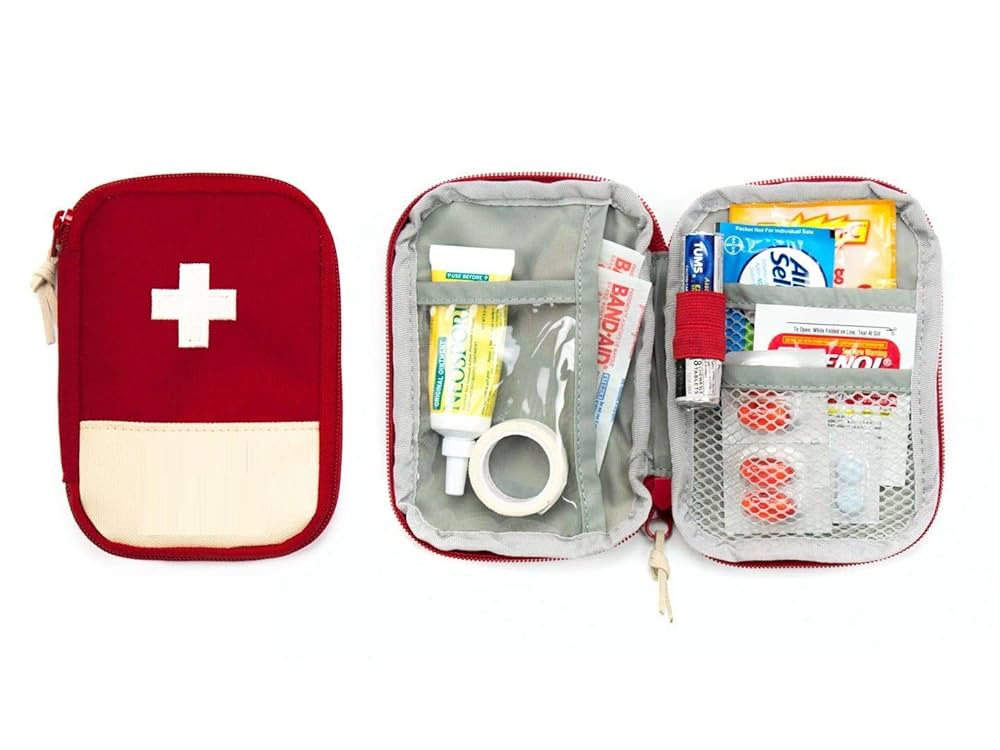
7. Trekking Poles
Trekking poles, also known as hiking poles or walking sticks, are very helpful tools for the Chandrashila Trek, especially since the terrain can be rough and steep. Using trekking poles provides extra support, reduces pressure on your legs and joints, and helps keep your balance on difficult paths. When planning a trek during the best time to visit Chopta, knowing how to use trekking poles can make your experience much smoother, especially considering the unpredictable Chopta weather.
Here are some good reasons to take trekking poles on your trip:
- Extra Stability: Poles help you stay steady on slippery or uneven ground, reducing the risk of falls.
- Less Strain: Using poles lowers the impact on knees and legs, especially when going downhill or climbing steep slopes.
- Better Balance: Poles improve your balance when crossing rivers or walking on loose gravel.
- Multi-use: Besides trekking, poles can help set up a temporary shelter or be used to test the depth of water or mud.
- Comfortable Grip: Most poles come with ergonomic handles and wrist straps so you don’t lose grip and can carry weight comfortably.
- Adjustable Length: You can shorten or lengthen trekking poles depending on uphill or downhill sections.
- Lightweight & Foldable: Many poles can be collapsed into compact sizes, making them easy to carry in your backpack.
Remember to pick trekking poles made of strong but light materials like aluminum or carbon fiber, so they last through the trek without adding extra bulk. Using trekking poles properly can save energy and make long treks enjoyable.
If you’re planning your trip with the changing Chopta weather in mind, especially in monsoon or winter, having trekking poles will help you navigate more safely. Whether you visit during the best time to visit Chopta or in other seasons, trekking poles are a smart addition to your gear list to make your hike easier and safer.
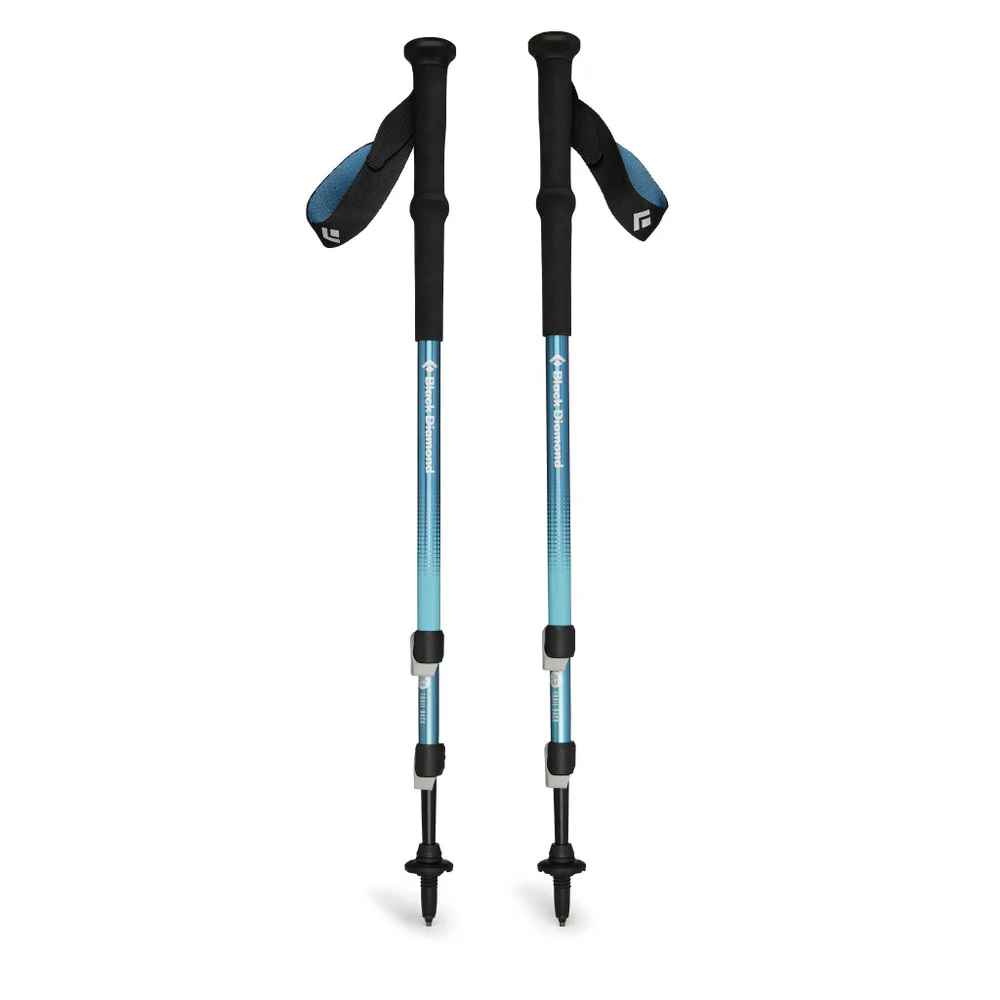
8. Sunglasses and Sunscreen
When trekking at high altitudes like during the Chandrashila Trek or the Tungnath Temple Trek, sunglasses and sunscreen are important to protect your eyes and skin from the strong sun. This is especially true for travelers taking a Chopta Tour Package, where exposure to intense ultraviolet (UV) rays increases with altitude.
Here’s why these items are essential and what to look for:
- Sunglasses Protection: Choose high-quality sunglasses that block 100% of UVA and UVB rays. Polarized lenses help reduce glare from reflective surfaces like snow or water, making your vision clearer and protecting your eyes from strain.
- Skin Protection: Use broad-spectrum sunscreen with a high sun protection factor (SPF 30 or more) to shield your skin from harmful rays. Look for water-resistant formulas that stay effective even if you sweat.
- Application Tips: Apply sunscreen often, especially on exposed areas such as face, neck, arms, and hands. Don’t forget spots like ears, lips, and the back of your neck, which are easily missed but sensitive to sun damage.
- Additional Gear: Carry lip balm with SPF to protect lips and a wide-brimmed hat or cap for extra shade.
- Comfort: Well-fitted sunglasses prevent discomfort and reduce the risk of eye damage during long hours outdoors.
- Trekking Benefits: Proper sun protection helps avoid painful sunburns, premature skin aging, and serious health risks like skin cancer.
- Weather Considerations: Even on cloudy days, UV rays can be strong, so always use sunscreen and sunglasses when trekking in sun-exposed areas.
Bringing reliable sunglasses and sunscreen ensures that you enjoy your trek comfortably and safely. These layers of protection enhance your experience during the bright sunny days typical of a Chopta Tour Package or Tungnath Temple Trek.
Remember, prevention is always better than cure—packing these essentials means you can focus on the stunning Himalayan views without worrying about sun damage.
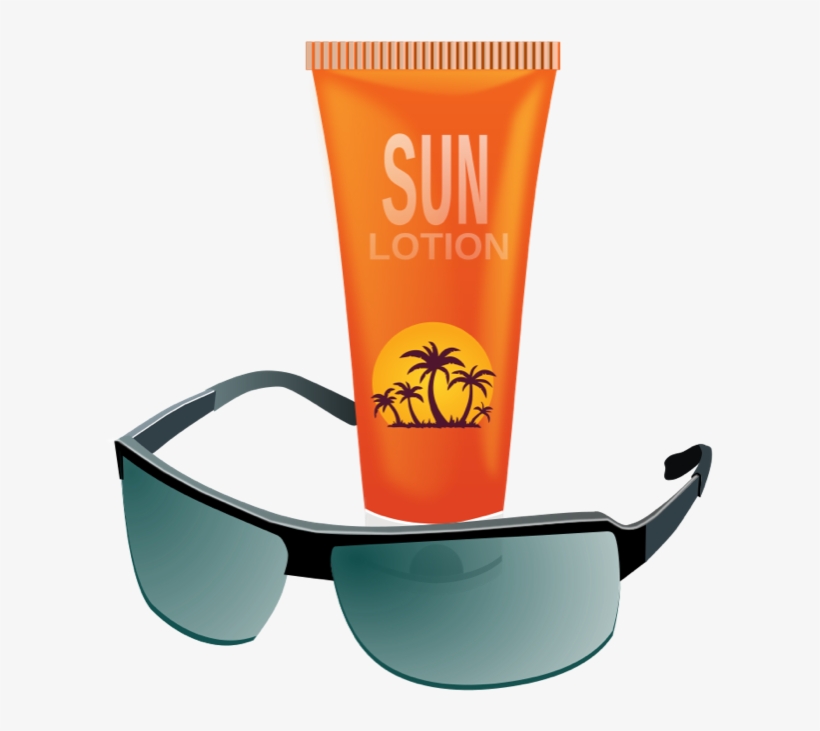
9. Personal Identification
Personal identification is a crucial but sometimes overlooked item for anyone taking a trekking adventure like the Chandrashila Trek. When booking a Chopta Tour Package from Delhi or directly joining a trek, carrying proper identification ensures safety, legal compliance, and smooth access during the journey.
Here’s why personal ID matters and what to carry:
- Emergency Use: Identification helps rescue teams or medical personnel assist you quickly in case of accidents or health issues.
- Access to Restricted Areas: Forest and wildlife areas require valid ID for permits; without it, you may be denied entry.
- Verification: Authorities often check identity before and during the trek for safety and regulatory reasons.
- Common IDs: Passports, driver’s licenses, voter IDs, Aadhaar cards, or any government-issued ID are acceptable.
- Backup Copies: Carry both physical and digital copies of your ID stored in waterproof bags or secure digital formats on mobile phones.
- Emergency Contacts: Along with ID, keep printed info of emergency contacts and medical details for quick reference.
- Keep it Accessible: Store ID where you can easily reach it, avoiding damage from weather or rough handling.
- Inform Trusted Persons: Share your trek itinerary, expected return time, and emergency contact details with family or friends for added security.
Before starting the Chandrashila Trek, especially with a Chopta Tour Package from Delhi, double-check that all IDs and documents are valid and not expired. Proper preparation with personal identification offers peace of mind on the trail, allowing you to focus on the breathtaking views and the thrill of the trek. Being responsible with these documents is part of respectful and safe trekking in the Himalayas.
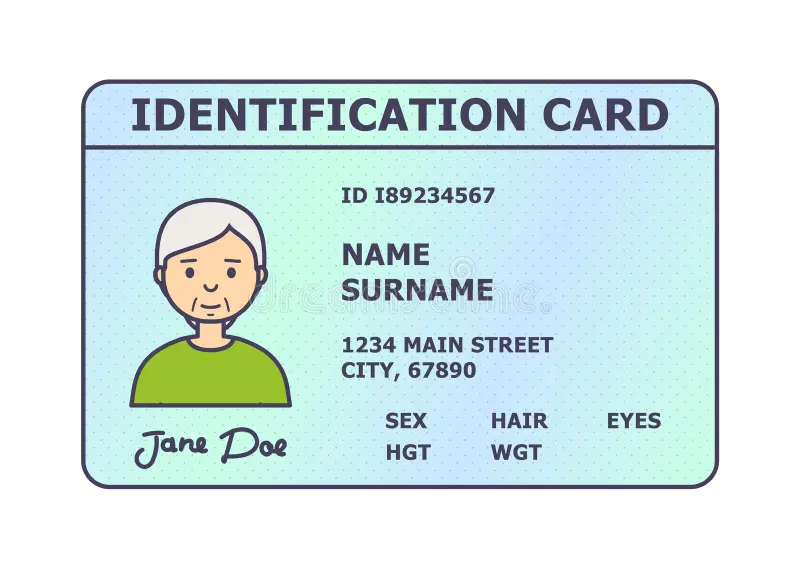
10. Camera and Binculars
The Chandrashila Trek is a dream destination for photographers and nature lovers alike, offering breathtaking views and stunning panoramic landscapes. Carrying a camera and binoculars can greatly enhance the experience by capturing and observing the region’s unique beauty. Whether using a DSLR, mirrorless camera, point-and-shoot, or just a smartphone, having the right equipment allows trekkers to save memories from this incredible journey.
Here are some important points to consider when packing your camera and binoculars for the trek:
- Variety of Cameras: DSLR, mirrorless, or smartphones can all capture beautiful moments. Choose based on your comfort and capability.
- High Resolution: High-quality cameras provide clear images and videos, helping you relive the trek experience anytime.
- Binocular Use: Binoculars let you see wildlife, birds, and distant mountain details, adding a new dimension to your trekking adventure.
- Ergonomics: Comfortable and lightweight binoculars reduce strain during long viewing sessions.
- Extra Batteries and Memory Cards: Always carry spare batteries and plenty of memory for photos and videos, as opportunities to capture perfect shots can last all day.
- Protective Gear: Use sturdy bags or cases to safeguard your camera and binoculars from rain, dust, and jarring movements on rough trails.
- Easy Access: Keep your camera handy for unexpected moments of natural beauty, such as sunrises, wildlife, or landscapes.
- Capture Key Moments: From the stunning sunrise at the Chandrashila Peak to the scenic forests and meadows of Chopta, these photos become lifelong keepsakes.
- Nature Enthusiast’s Tool: Visual aids like binoculars help you appreciate the rich flora and fauna up close which might otherwise be missed.
With your camera and binoculars in hand, you can truly immerse yourself in the natural wonders of the Himalayas. This gear is a must-have to make your Chandrashila Trek even more memorable, whether for personal joy or sharing your adventure with others.
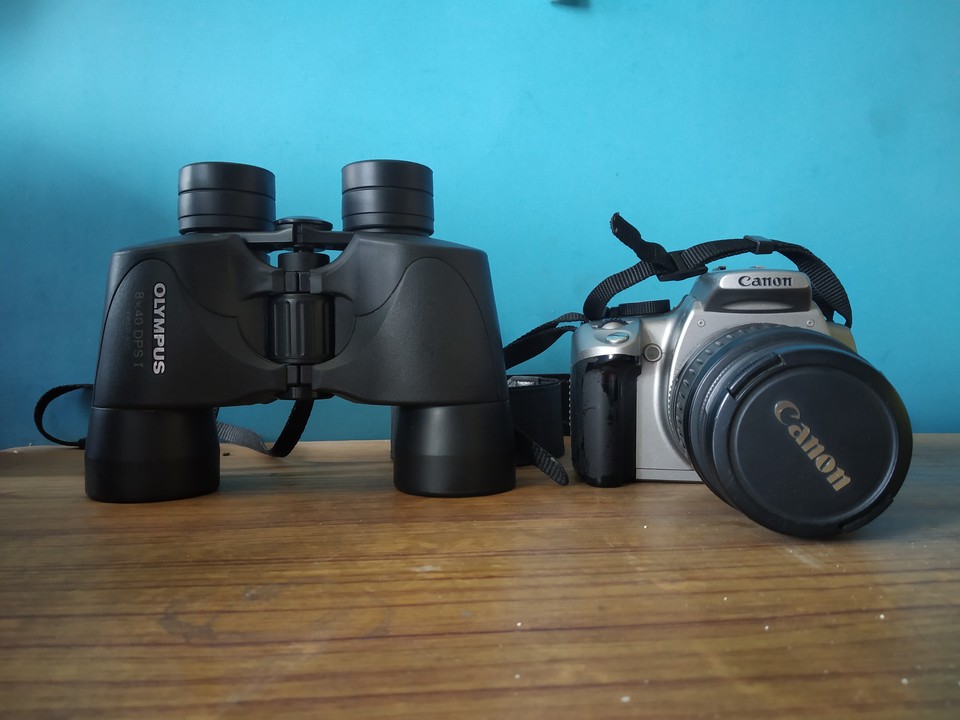
Conclusion – Things to carry for Chandrashila Trek
To successfully enjoy the Chandrashila Trek, packing smart and carrying the right gear is very important. From a strong and comfortable backpack to trekking poles that support your steps, each item has a vital role in making your trek safe and fun.
Don’t forget essentials like warm clothes to stay cozy in the cold mountain air. Bring your camera and binoculars too, so you can capture the stunning views and spot the local wildlife, making your memories last forever.
Always keep your personal identification handy for safety and smooth trekking. Being prepared with these essentials takes the worry out of your journey, allowing you to fully enjoy the breathtaking mountains, the challenging trails, and the quiet moments with nature.
With this helpful packing guidance, get ready to set out on an unforgettable adventure. Enjoy every moment of the amazing scenery and the spirit of exploration. Happy trekking!
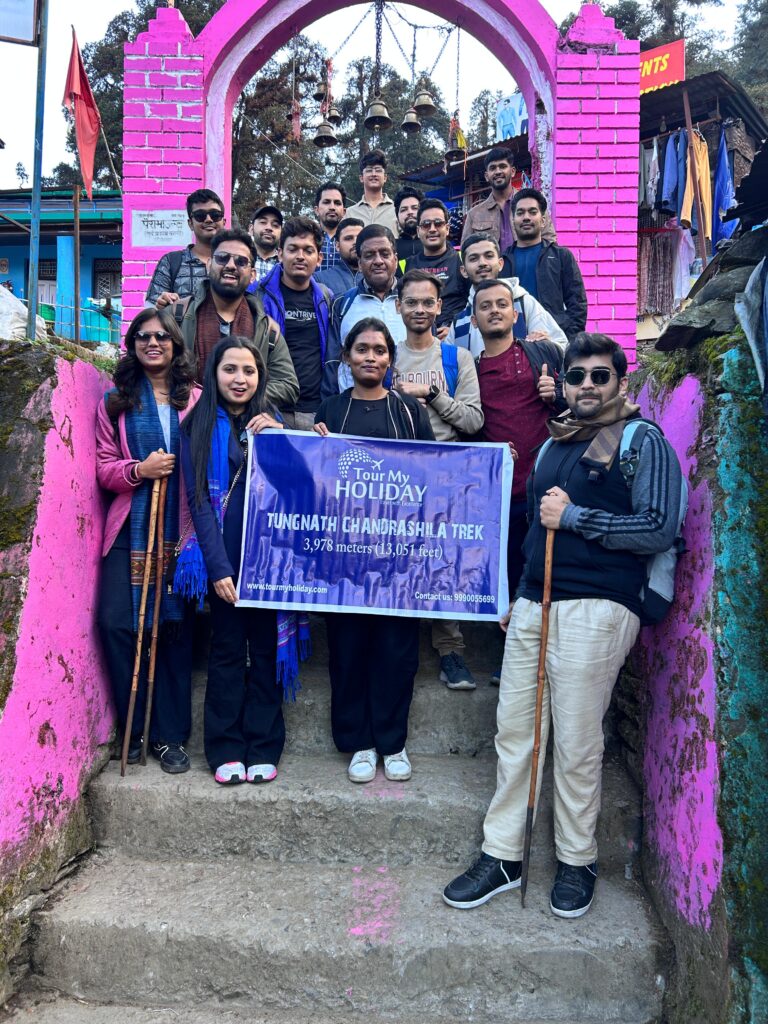
Frequently Asked Questions
1. What kind of backpack should I carry for the Chandrashila Trek?
A sturdy backpack of about 30-40 liters with padded straps, a hip belt, compartments, and a rain cover is recommended.
2. What type of footwear is best for the Chandrashila Trek?
Choose trekking shoes with ankle support, good grip, and preferably waterproof material. Avoid regular sneakers to prevent slips and blisters.
3. How many and what kind of clothes should I pack?
Pack in layers: thermal inners, fleece jackets, a windproof or down jacket, quick-dry pants, and moisture-wicking base layers. Don’t forget extra socks and undergarments.
4. Do I need gloves, caps, or headgear?
Yes. Carry warm gloves, a waterproof pair, a woollen cap, a sun cap, and a scarf or buff. These protect against cold, wind, and sun exposure.
5. Is a raincoat or poncho necessary?
Yes, the weather in the Himalayas can change suddenly. A lightweight rainproof jacket or poncho, along with a rain cover for your backpack, is very useful.
6. How much water and what kinds of snacks should I carry?
Carry at least 2 liters of water (bottles or a hydration bladder). Energy bars, dry fruits, chocolates, and glucose powder are great for quick energy.
7. What lighting equipment is useful for the trek?
A headlamp or torch with extra batteries is essential, especially for early morning treks or if you’re returning late in the evening.
8. Should I carry trekking poles?
Yes. Trekking poles provide balance, stability, and reduce strain on your knees during steep ascents and descents.
9. What medical or hygiene items are important?
Bring a basic first aid kit with band-aids, antiseptic cream, fever and headache medicines, sunscreen, lip balm, wet wipes, toilet paper, and personal toiletries.
10. Can I bring optional accessories like camera, binoculars, etc.?
Yes. A camera or binoculars can enhance the experience, but keep them in waterproof or padded cases. A power bank is also recommended to keep devices charged.

